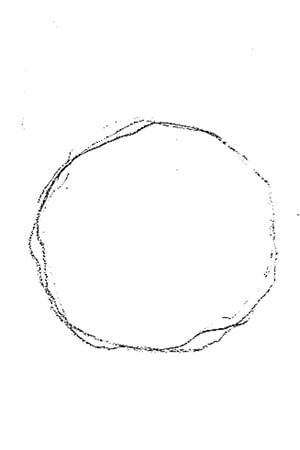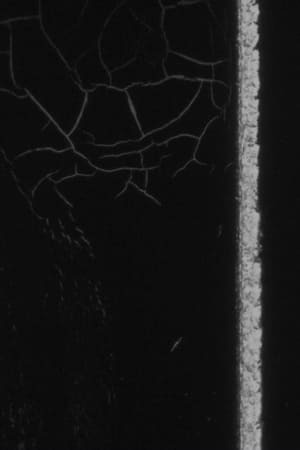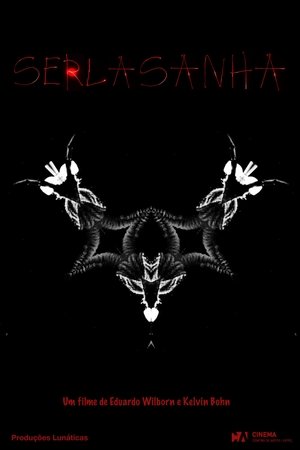

Deriva amorfológica: bacia de Cubatão(2019)
Movie: Deriva amorfológica: bacia de Cubatão
Similar Movies
 0.0
0.0Twilight(en)
An exploration of the relationship between sound and picture inspired by the two lights (twi-light) found inside film projectors.
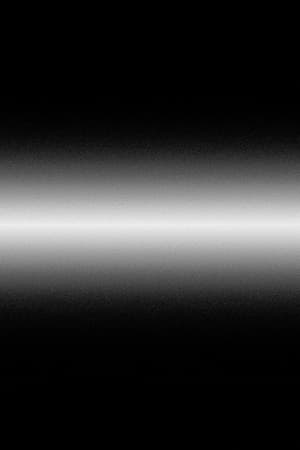 0.0
0.0Not Even Nothing Can Be Free of Ghosts(de)
Rainer Kohlberger’s abstract film was created entirely without a camera. Through digital algorithms, he precisely arranged a rhythm of light and shadow that pulsates off the screen into our physical space with blinding intensity. The presence of light is almost felt as we are sucked into the image to become its ghostly accomplice. As we leave the theatre, the optical vibrations continue to haunt us.
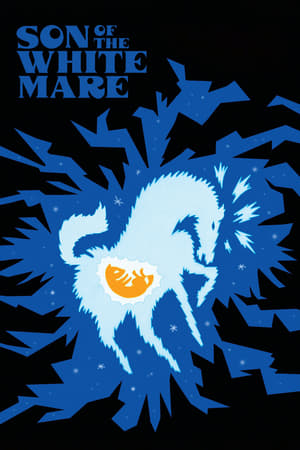 7.6
7.6Son of the White Mare(hu)
A horse goddess gives birth to three powerful brothers who set out into the Underworld to save three princesses from three evil dragons and reclaim their ancestors' lost kingdom.
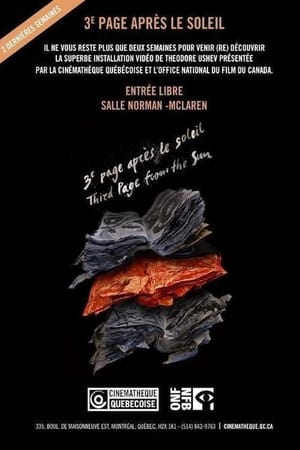 4.1
4.1Third Page from the Sun(fr)
Three books: a film festival catalogue, a dictionary, the Bible. Three works whose materiality has become obsolete by the digital dematerialization. A commentary on the fragility of culture.
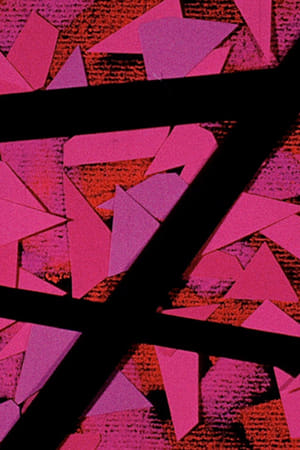 6.8
6.8Shearing Animation(xx)
An abstract animated film inspired by the work of jazz musician Chico Hamilton.
 7.3
7.3Drums West(en)
This newly rediscovered short was created in Jim's home studio in Bethesda, MD around 1961. It is one of several experimental shorts inspired by the music of jazz great Chico Hamilton. At the end, in footage probably shot by Jerry Juhl, Jim demonstrates his working method.
 5.0
5.0Calypso(en)
Hand painted directly onto film stock by Margaret Tait, this film features animated dancing figures, accompanied by authentic calypso music.
 0.0
0.0You're Not Real Pretty but You're Mine...(en)
"Mouris’s film, YOU’RE NOT REAL PRETTY BUT YOU’RE MINE…, built upon the strongest elements of QUICK DREAM, and added a pop music soundtrack. Mouris says, “I shot another 100 foot roll on classmate Jerry Strawbridge’s home animation stand, and edited that into the best sequences from QUICK DREAM. The whole film was a tongue-in-cheek series of odd couples/couplings, which the title suggested. The FRANK FILM photo collage animation evolved here.” - Yale
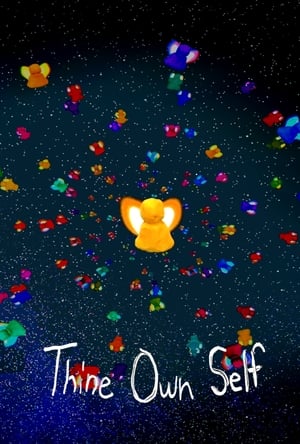 10.0
10.0Thine Own Self(en)
Torn from their home by a hand in the sky, colorful entities seek freedom from a rigid binary in this short experimental animation.
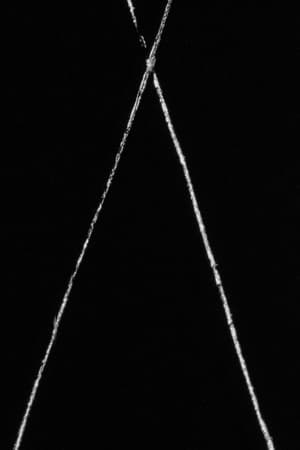 10.0
10.0La Señal Cósmica(es)
The film was produced applying mixed techniques on Super 8 film support.
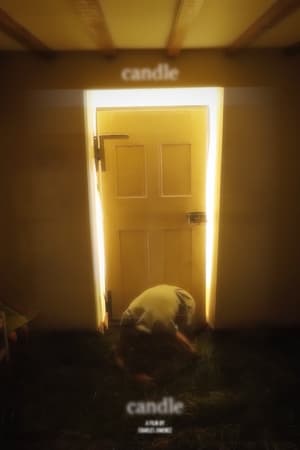 0.0
0.0Candle(en)
Confined to an endlessly burning waiting room, a dying sedentary woman experiences herself blurring in and out of her body. In her last remaining fragments she tries to make amends with her spirit before her remaining fragments either decay or create.
 7.3
7.3The Dot and the Line: A Romance in Lower Mathematics(en)
Animated work detailing the unrequited love that a line has for a dot, and the heartbreak that results due to the dot's feelings for a lively squiggle.
 6.6
6.6Abstronic(en)
A pioneer of visual music and electronic art, Mary Ellen Bute produced over a dozen short abstract animations between the 1930s and the 1950s. Set to classical music by the likes of Bach, Saint-Saëns, and Shoshtakovich, and replete with rapidly mutating geometries, Bute’s filmmaking is at once formally rigorous and energetically high-spirited, like a marriage of high modernism and Merrie Melodies. In the late 1940s, Lewis Jacobs observed that Bute’s films were “composed upon mathematical formulae depicting in ever-changing lights and shadows, growing lines and forms, deepening colors and tones, the tumbling, racing impressions evoked by the musical accompaniment.” Bute herself wrote that she sought to “bring to the eyes a combination of visual forms unfolding along with the thematic development and rhythmic cadences of music.”
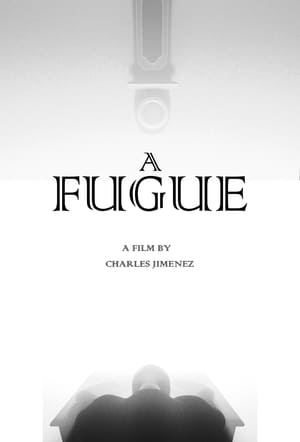 0.0
0.0A Fugue(en)
A space occupies it, awaiting to be unlocked by a freeing action or notion. What lies ahead is its determination.
 10.0
10.0Gassy's Gas n Stuff: Lotto(en)
After Billy finds a winning scratch ticket, the gas station gets a new lottery machine that becomes the talk of the town. Part of [adult swim] smalls and second Gassy's Gas n Stuff short
 5.0
5.0Heart String Marionette(en)
A tale about a kid, a samurai mime, and a stripper who all try to defeat a warlord and an evil clown who have successfully turned a countryside into a never ending nightmare filled with horrible monsters.

